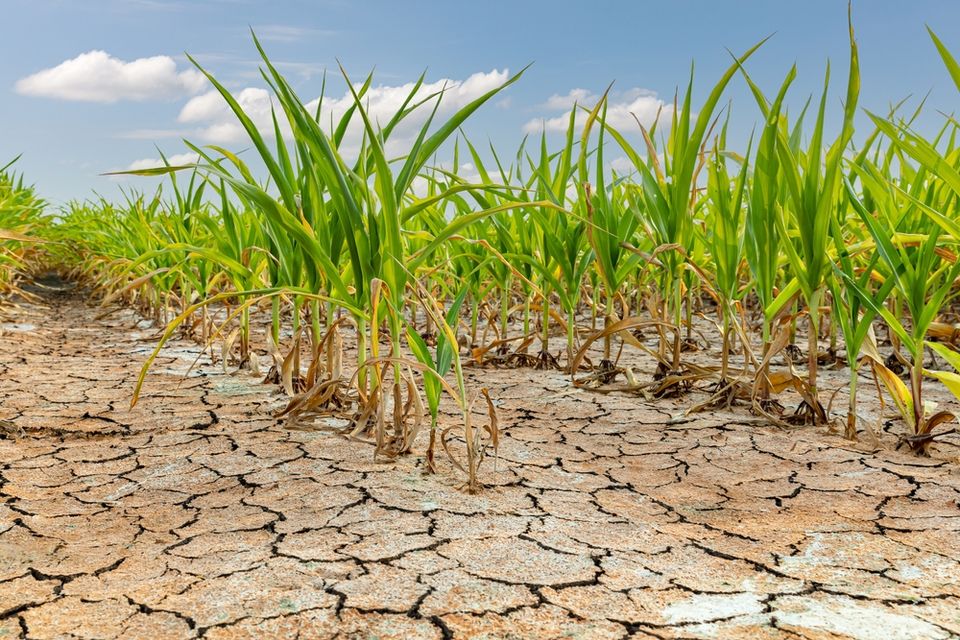
Welcome to a comprehensive exploration of a pressing issue facing both the insurance industry and policyholders alike: the undeniable impact of climate change on insurance premiums and coverage options. As our planet’s climate continues to shift in unpredictable ways, the ripple effects touch every corner of our lives, including the realm of insurance. This article aims to inform and engage readers on how these changes are reshaping the insurance landscape, what this means for consumers, and how the industry is responding to these challenges.
Understanding the Correlation Between Climate Change and Insurance
Climate change is not just about warmer temperatures or rising sea levels; it’s about the increasing frequency and severity of natural disasters that come with these changes. Hurricanes, wildfires, floods, and droughts have become more commonplace, leaving a trail of destruction that often results in substantial financial losses. For insurance companies, this translates into a higher number of claims and larger payouts, which inevitably affects their bottom line.
The relationship between climate change and insurance is complex. Insurers rely on historical data to predict future risks and set premiums accordingly. However, as the climate crisis deepens, the past is no longer a reliable predictor of the future. This uncertainty forces insurers to re-evaluate their risk models, often leading to increased premiums and changes in coverage options.
Rising Premiums: The Cost of Uncertainty
As the frequency and intensity of natural disasters rise, insurance companies find themselves in a precarious position. They must balance the need to remain profitable with the responsibility of providing affordable coverage to their customers. This often results in higher premiums because insurers must adjust their pricing to reflect the increased risk associated with climate change.
Homeowners in areas particularly vulnerable to the effects of climate change, such as coastal regions or wildfire-prone zones, are seeing the most significant increases in their insurance costs. In some cases, these hikes are so steep that insurance becomes unaffordable for the average person, leading to a growing number of underinsured or uninsured properties. This not only puts individuals at risk but can also have broader economic implications for communities trying to recover from disaster-related damages.
Coverage Options in Flux: Adapting to New Realities
As insurance companies grapple with the challenges posed by climate change, they are also rethinking their coverage options. Some insurers have started to exclude certain perils from standard policies, requiring policyholders to purchase additional coverage for risks like floods or hurricanes. In other cases, insurers are introducing new products specifically designed to address the unique challenges of a changing climate.
The adaptation of coverage options is a double-edged sword. On one hand, it allows insurers to provide more tailored solutions that can potentially reduce costs for consumers. On the other hand, it can create confusion and leave policyholders with gaps in their coverage if they are not fully aware of the changes or do not understand the risks they face.
The Role of Government and Regulation
Governments around the world are recognizing the impact of climate change on the insurance industry and are beginning to take action. In some regions, regulators are working with insurers to develop new frameworks that encourage the adoption of sustainable practices and the creation of innovative insurance products.
Additionally, public-private partnerships are emerging as a way to provide coverage for risks that are becoming too great for the private market to bear alone. For example, government-backed insurance pools for flood or earthquake coverage can help spread the risk and keep insurance affordable for homeowners.
Regulatory bodies are also focusing on ensuring that insurance companies are adequately capitalized to withstand the financial strain of increased claims due to climate-related events. This oversight is crucial to maintain the industry’s solvency and protect consumers.
Embracing Sustainability and Resilience
In response to the growing impact of climate change, the insurance industry is also looking inward, considering how it can contribute to sustainability and resilience efforts. Some insurers are investing in renewable energy projects, offering discounts for eco-friendly homes and cars, or supporting community initiatives aimed at reducing carbon footprints.
Moreover, insurers are increasingly factoring in resilience measures when calculating premiums. Properties that are built to withstand natural disasters or that incorporate sustainable features may benefit from reduced insurance costs. This creates an incentive for homeowners and businesses to invest in resilience, ultimately leading to more robust communities that are better equipped to handle the effects of climate change.
The insurance industry is at a crossroads as it confronts the realities of climate change. The increasing volatility of our climate system is driving up premiums and reshaping coverage options, presenting new challenges for insurers and policyholders alike. However, with these challenges come opportunities for innovation, collaboration, and a more sustainable future. As we move forward, it’s essential for the industry, consumers, and governments to work together to create an insurance landscape that is both resilient and accessible in the face of our changing climate.